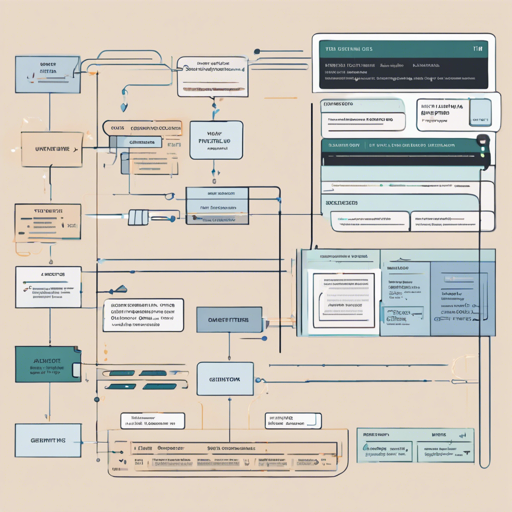Unique identifiers are crucial in programming, especially when you need to keep track of objects or transactions in a scalable way. In this blog, we will explore how to use the TSID Creator, a Java library that generates Time-Sorted Unique Identifiers (TSIDs). This guide will walk you through the practical steps to implement this library and address potential troubleshooting needs.
What is TSID?
TSID stands for Time-Sorted ID, which is a unique number combining the time of its generation with a random component. The key features of TSIDs include:
- Sorted by generation time
- Stored as a 64-bit integer or a 13-character string
- Encoded in Crockfords base32 for URL-safety and case insensitivity
- Shorter than UUID and ULID, making it more efficient for storage
How to Create a TSID
To generate a TSID, you can follow these steps:
1. Add TSID Creator Dependency
Include TSID Creator in your Maven project by adding the following lines to your pom.xml:
com.github.f4b6a3
tsid-creator
5.2.6
2. Generate a TSID
Creating a TSID is as easy as this:
java
Tsid tsid = TsidCreator.getTsid();
3. Retrieve TSID as Long or String
You can also retrieve TSIDs in a long format or as a string:
java
long number = TsidCreator.getTsid().toLong();
String string = TsidCreator.getTsid().toString();
Understanding the TSID Structure
The TSID is composed of two parts: time and random bits. Think of it as a recipe where:
- The time component (42 bits) represents the number of milliseconds since January 1, 2020.
- The random component (22 bits) includes a node ID (0-20 bits) and a counter (2-22 bits).
This structured design allows for generating a vast number of unique identifiers within a short timeframe while maintaining order based on creation time.
Common Troubleshooting Steps
As with any programming tool, you might encounter challenges. Here are some troubleshooting ideas:
- Issue with Dependency Resolution: Ensure your Maven repository is correctly configured and that you are using the right version.
- Thread Safety Concerns: The TSID generator is thread-safe, but confirm you’re properly implementing it in a multi-threaded environment.
- Numerical Overflow: Ensure you are not exceeding the storage capacity of long integers, especially if you generate large numbers of identifiers in a short time.
For more insights, updates, or to collaborate on AI development projects, stay connected with fxis.ai.
Final Thoughts
At fxis.ai, we believe that such advancements are crucial for the future of AI, as they enable more comprehensive and effective solutions. Our team is continually exploring new methodologies to push the envelope in artificial intelligence, ensuring that our clients benefit from the latest technological innovations.
Conclusion
Generating TSIDs provides an efficient way to create unique identifiers that are both time-sorted and compact. This blog should help you set up and utilize TSID Creator effectively in your Java applications. Happy coding!

